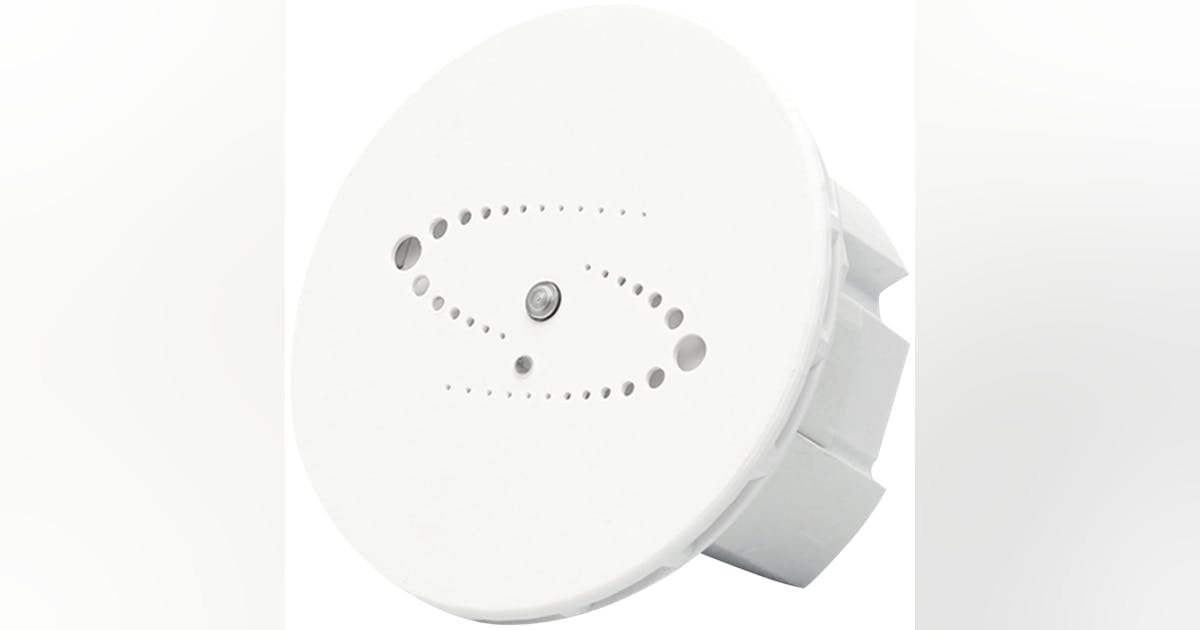Electronic cigarettes, or vaping, have become more popular in recent times which has raised questions about their security and health. One of the biggest worries is the secondhand exposure to vaping, which is particularly worrisome in indoor spaces such as homes, schools as well as workplaces. A lot of people utilize vape detectors to combat this problem. They are able to detect and monitor the use of vapes indoors. In this article, we’ll look at the various types of vape detectors that are available in the market, their features, and how they work in different situations.

Vape detectors, which use sensors that detect particles and smoke from vapes in the air These are devices that use electronic technology. They can be used to determine the amount of vape smoke that is emitted from indoors. This is useful for enforcing laws against smoking and identifying places where vaping may occur. There are several types of vape detectors on the market and are intended for use at home, in schools and public areas.
Vape detector use are becoming increasingly popular among families who want to protect their children from the harmful effects of secondhand smoke. They are usually tiny and discrete, and are able to be installed in any part of the house where vaping might occur, including bedrooms or living spaces. They use a variety of sensors to detect vaping. They are able to detect particles from vaping devices by using PM2.5 sensors. A lot of home vape detectors have apps for smartphones which will notify you if vaping is detected.
Schools are also a location where vape detectors are used to tackle the problem of smoking vapes in indoor locations. A lot of schools have smoking laws that also prohibit the use of vaping devices. Vape detectors help administrators enforce guidelines by identifying areas that students may be smoking. These devices are typically placed in public areas, such as bathrooms, hallways, and locker rooms. They may also be connected to central monitoring systems that inform administrators when vaping has been detected.
Vape detectors used in schools tend to be more sophisticated than those for at-home use, as they be able to cover a greater area and differentiate between vaping and other types of smoke. The sensors combine that includes laser-scattering sensors which detect vaping. They can provide precise readings. Some models can distinguish between different vaping devices like e-cigarettes and vaping pen.
Vape detectors can be found in public areas such as hotels, casinos and even offices. They are designed to create a secure and healthy working environment for employees and guests by monitoring indoor air quality and detect the presence of the use of vape. They can be utilized in the common areas like break rooms, conference rooms and the lobbies. They offer real-time data about the indoor air.
Laser scattering technology is among the most important features of a vape detecting device. It can detect vape smoke particles. The technology is extremely sensitive and can detect small amounts of vape smoke in the air. It operates by shining laser light through the air to detect any particles. Vape detectors can provide accurate reports on indoor air quality and can pinpoint areas in which smoking occurs.
Another significant feature of vape detector for home is their capability to connect to a smartphone app which will send out immediate notifications and alerts whenever vaping is identified. This is especially useful for parents who wish to monitor their children’s indoor vaping habits or for school administrators who want to be aware of when students are smoking. Certain vape detectors come with cloud-based storage of data, that can be beneficial for tracking patterns in indoor air quality and identifying areas which may require further attention.
Vape detectors are a reliable method to detect and monitor indoor smoking at homes in schools, homes, and other public areas. They employ a range of sensors and technologies to provide precise measurements of indoor air quality. They can be connected to smartphone apps for real-time alerts and notifications.
Vape detectors safeguard those who are exposed indoor air pollution. They cut out distractions so we can concentrate on maintaining and monitoring the purest possible air quality. The technology behind these detectors is relatively new, and their effects need to be studied. However, it is thought that they may be able to improve the quality of air in our homes and overall health. The vape detector technology is extremely effective in getting rid of harmful elements like carbon monoxide as well as ultrafine particles (PM2.5). It is now able to detect vaping products with higher accuracy than previously possible. Ultimately, vape detectors represent an important improvement in security and health. This new technology will continue to be used ever more frequently, which may one day assist in protecting our families from the hazards of second-hand smoke or smoking cigarettes in our houses.
